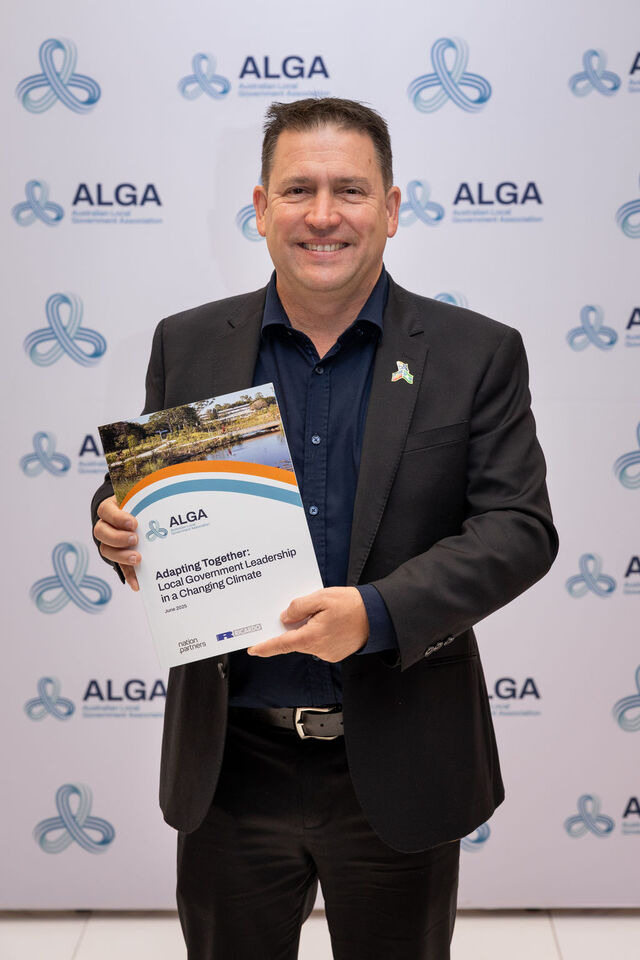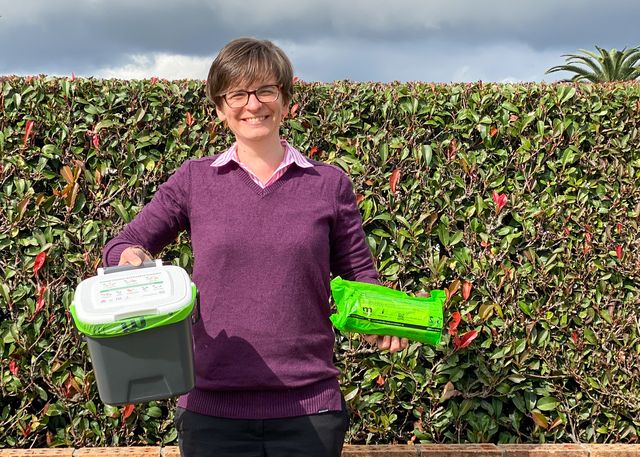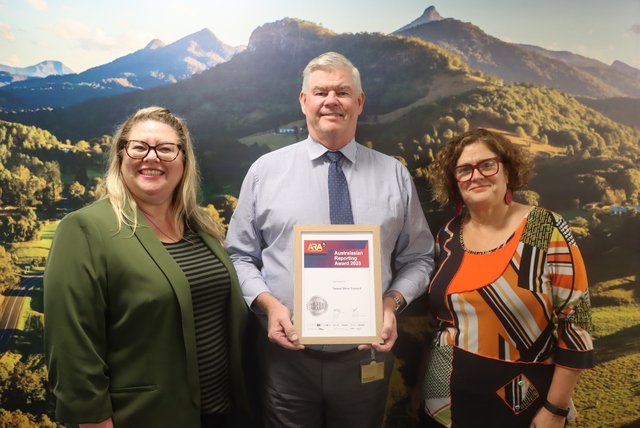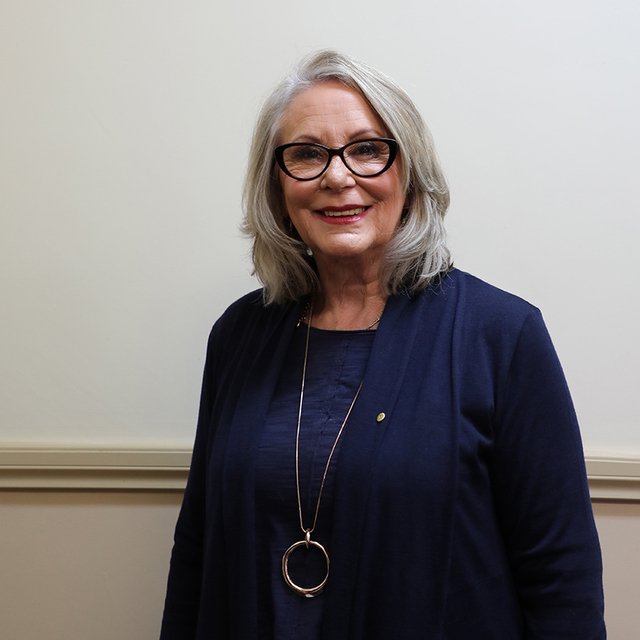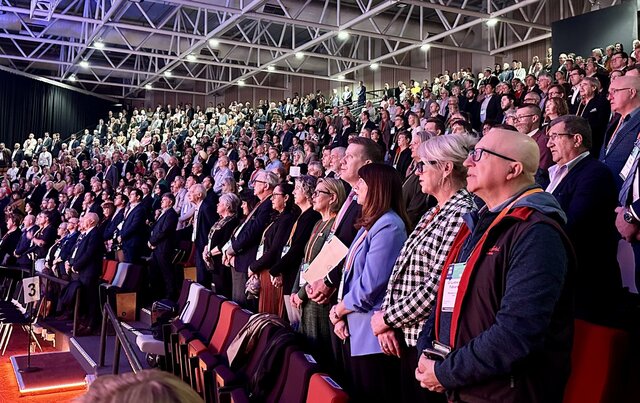In early 1999, a Woolgoolga commercial grower of hydroponic tomatoes and cucumbers approached the Coffs Harbour City Council about using reclaimed water for his business. The grower’s own water supply from the farm was unreliable during drought periods, it was also of lower and variable quality compared to the reclaimed water produced from the Woolgoolga Water Reclamation Plant.
With part funding from the Commonwealth’s Coast and Clean Seas Program, the Council and the Department of Land and Water Conservation agreed to undertake a trial that would compare the use of reclaimed water with the grower’s dam water.
The hydroponic grower constructed a new multispan polyhouse with four bays for the production of tomatoes. An irrigation controller was installed which allowed one bay of tomatoes to be watered with reclaimed water while the other three bays were watered with the water supply from the farm dam. Separate monitoring points were established for the runoff from the two different water sources.
The grower applied the same amount of fertiliser to the tomatoes irrigated with reclaimed water as those irrigated with dam water. All runoff was collected in a tank and used for drip irrigation of landscaped areas. There was little difference in the quality of the runoff water between the two irrigation water sources.
Weekly monitoring was carried out on the skins of the tomatoes for bacteria. Tri-weekly monitoring was carried out on the quantity and grade of the vegetables. No bacterial contamination was recorded on any of the tomatoes irrigated with reclaimed water in 12 weeks of testing.
While electrical conductivity, sodium, potassium and chloride levels were generally five to ten times higher in the reclaimed water than the dam water, the bacterial counts were generally zero in the reclaimed water but up to several thousand per 100ml in the dam water.
The grower found that 10% more tomatoes were produced by plants irrigated with the reclaimed water. Some of this increase in yield was due to the increased levels of nitrogen and potassium in the reclaimed water and some was due to the fact that the reclaimed water irrigated plants were located on the western side of the greenhouse and hence received more solar radiation during the winter growing period than the plants irrigated with dam water.
A specialist virologist and bacteriologist emphasised that there is no possibility the plants can accumulate any human pathogens in their tissue or fruit from the irrigation water via root uptake. Tomatoes irrigated with reclaimed water were marketed along with tomatoes irrigated with dam water.
This project shows that high quality reclaimed water is a significant resource for agricultural irrigation and has the added advantages of consistent quality, guaranteed supply and requires reduced maintenance of dripper irrigation systems. It demonstrates that reclaimed water does not pose a threat to either the produce or the environment as long as runoff volumes are properly handled in accordance with best industry practice.
Following the completion of the trials in August 2000, the grower has expanded the use of reclaimed water to irrigate all four bays of tomatoes.
For further information contact the Coffs Harbour City Council Reuse Office on (02) 6654 2136


